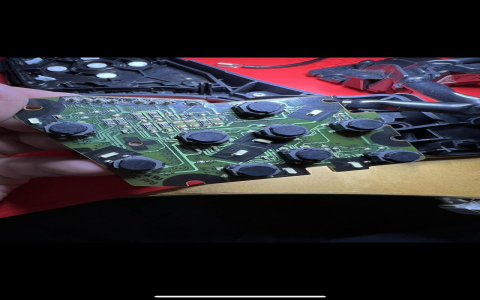Understanding your steering wheel wiring diagram is crucial for safe modifications or repairs. Focus on these core aspects:
Pre-Reading & Safety Imperatives
Disconnect the battery and wait at least 15 minutes before handling any wiring. Airbag systems retain residual voltage; premature work risks accidental deployment causing severe injury. Always consult your vehicle-specific diagram; generic guides often lead to errors. Obtain the factory service manual (FSM) or OEM repair documentation for accuracy.
Critical Systems Identification
Learn to identify these essential circuits on the diagram:

- Airbag (SIR) Circuit: NEVER probe with a multimeter unless following manufacturer test procedures precisely. Typically uses bright yellow connectors and wiring. Handle only by the connector body.
- Clock Spring/Rotary Coupler: This ribbon cable behind the steering wheel connects wheel-mounted components to the stationary column harness. Damaging it disables airbags, horn, and controls. Note its wiring paths carefully.
- Steering Wheel Controls (SWCs): Audio, cruise, phone. May use simple resistance networks, LIN bus, or CAN bus signaling. Diagrams show wire colors and destination modules (e.g., BCM, Audio Head Unit).
- Horn Circuit: Usually a simple switched ground path triggered by pressing the wheel pad.
Installation & Testing Best Practices
Match wire colors consistently with the diagram and vehicle harness, but always verify function with the key in "ON" (engine off) post-installation before reconnecting the battery.
- Use quality heat shrink butt connectors or solder with heat shrink for secure, insulated connections.
- Secure wiring bundles away from sharp edges, moving components, and hot surfaces using OEM-style loom tube, conduit, or adhesive-backed clips.
- After reinstalling the airbag module, perform a system diagnostic scan with a suitable OBD2 tool to check for fault codes.
Respecting Complexity & Limitations
Modern systems, especially CAN bus, are complex. Avoid splicing into CAN wires unless explicitly following OEM integration procedures for accessories. Seek professional assistance for intricate tasks like airbag repairs, custom steering wheel swaps requiring compatible clock springs, or integrating aftermarket electronics into SWC networks. Misinterpretation carries significant risk.

